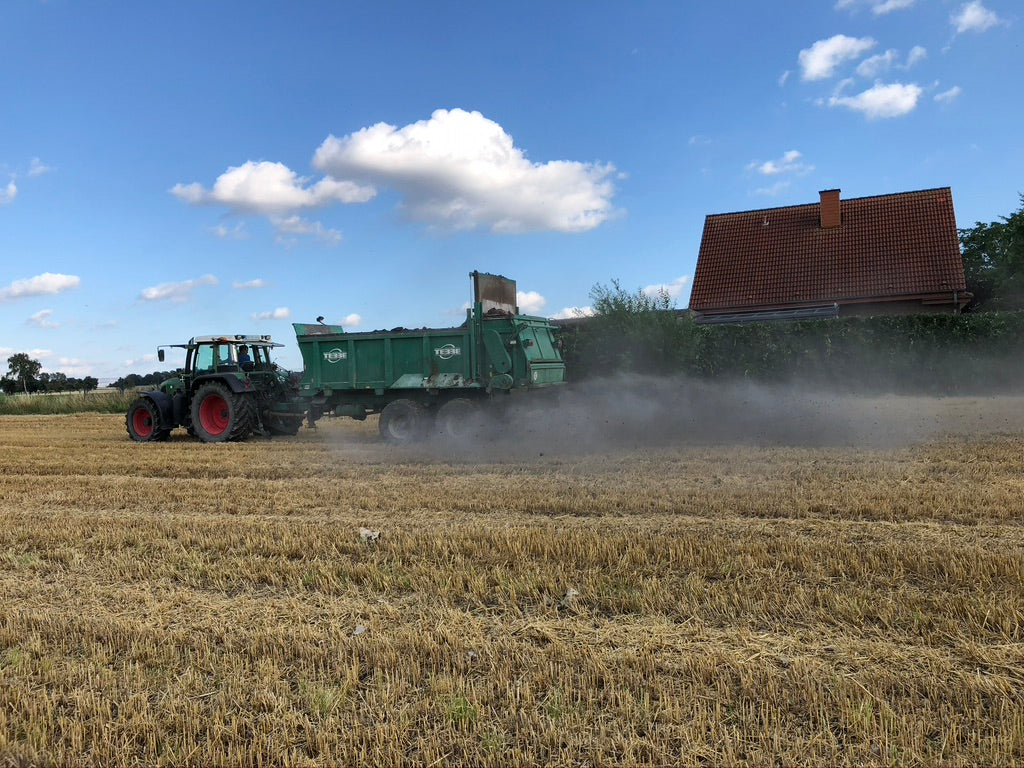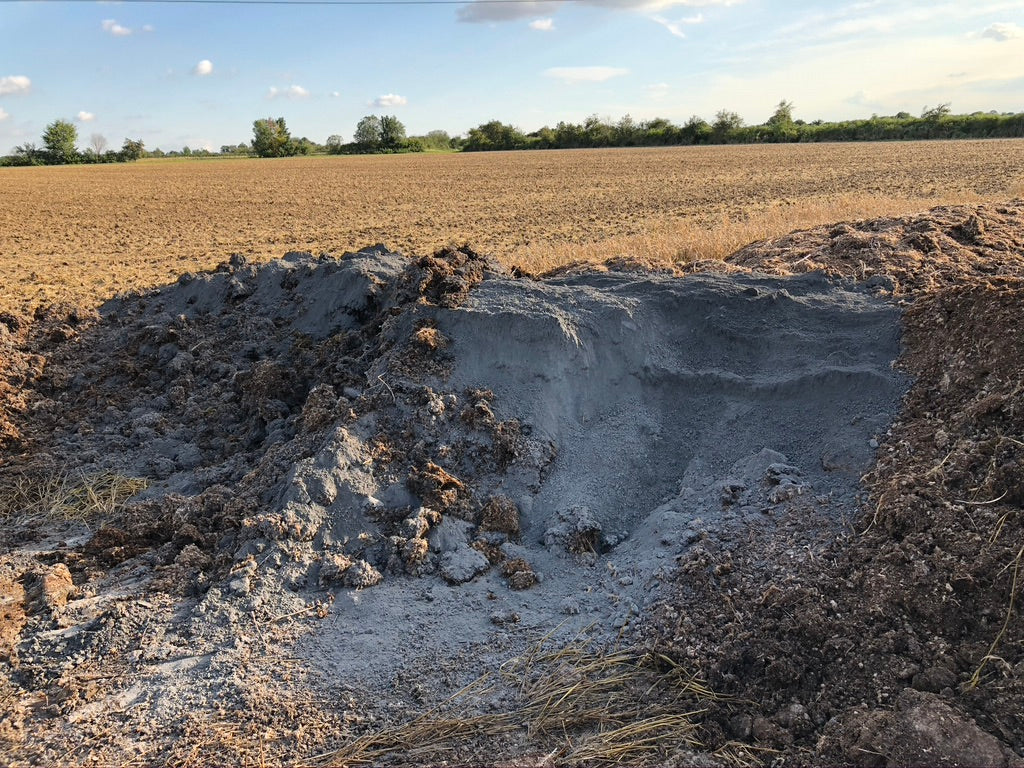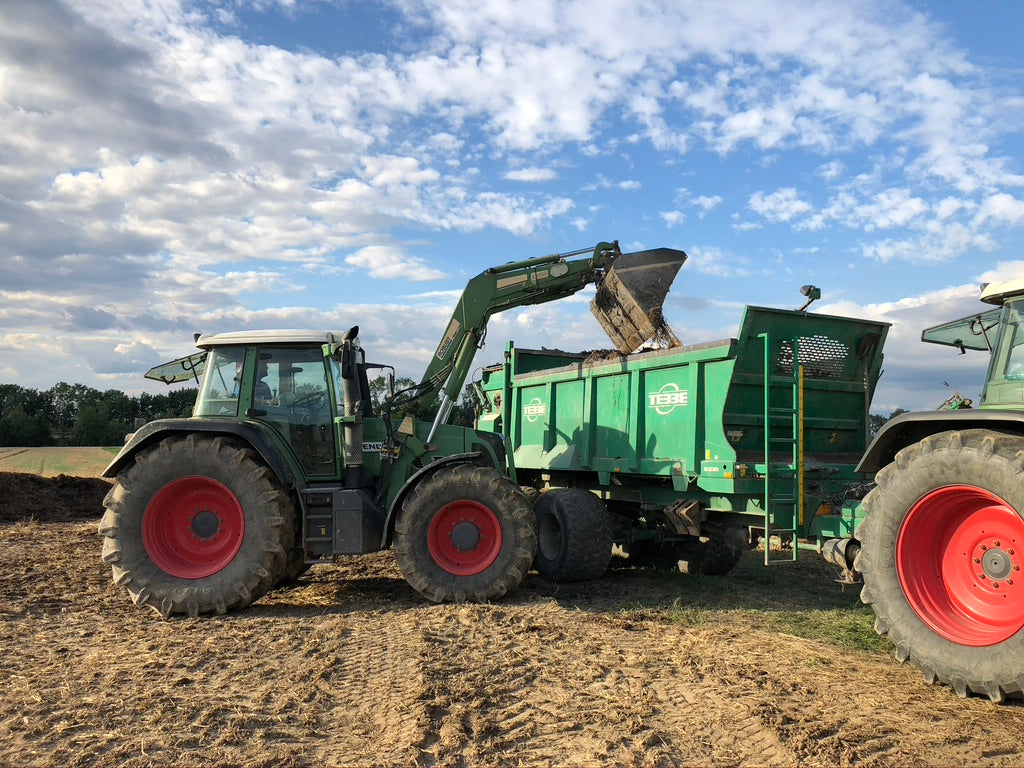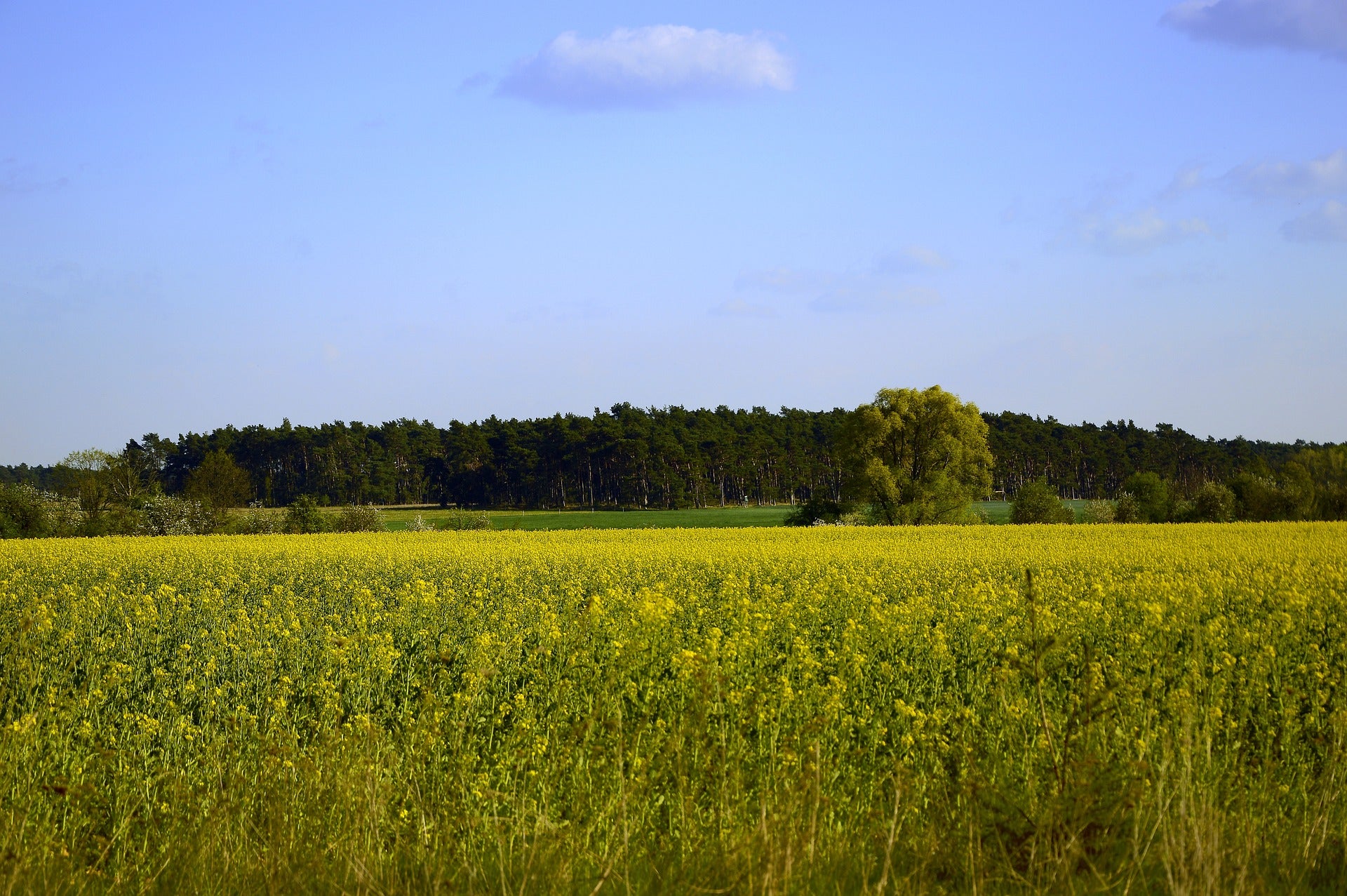
mineral deficiency
Provinea Gran®
Our arable land is particularly affected by mineral deficiencies due to agricultural chemicals. Decades of cultivation with increasing yields, the use of artificial fertilizers and chemical pesticides have literally depleted the soil. With Provinea® Gran we are replacing this missing diversity. Simple plant experiments show that as the minerals increase, plant health also increases. More earthworms are appearing on the treated areas. The additional surfaces of the minerals stimulate the soil microbiome. For example, the silicate bacteria are strongly stimulated by the silicate minerals in Provinea® Gran. When they take action, silica is released and develops its diverse effects. The clay minerals contained in the soil support the formation of humus. The soil's natural supply cycle gets going again.

The Secret of Fertile Soils
humus formation
Our arable soils almost always lack humus. A lack of humus automatically means less water and nutrient storage. Under optimal conditions, 1% humus stores around 25kg of nitrogen. An impressive, cost-effective solution that nature has given us. Safe from leaching and released when the soil begins to ferment. Humus is the largest water storage facility available in the soil. The humic substances contained in humus are able to break down and neutralize toxins from pesticides. It is the natural detoxification of soil. If humus and nutrients are missing, the use of pesticides increases. A fatal cycle.

The application is very simple
Combine with organic
Spread the minerals at a rate of around 2-4 t/ha using a spreader. An alternative to isolated application is to use it in combination with manure, compost, etc. We recommend applying minerals directly to all organic fertilization measures such as manure, compost, etc. Simply add a scoop of the minerals to the loading point and then load the spreader. Nature will do the rest for you! Both substrates benefit from being spread together. The minerals make the organic substrate more gentle on the soil for the subsequent rotting process. Rotting odors are minimized and the additional surface area provides a habitat for the microorganisms in the organic mass. A win-win situation.

